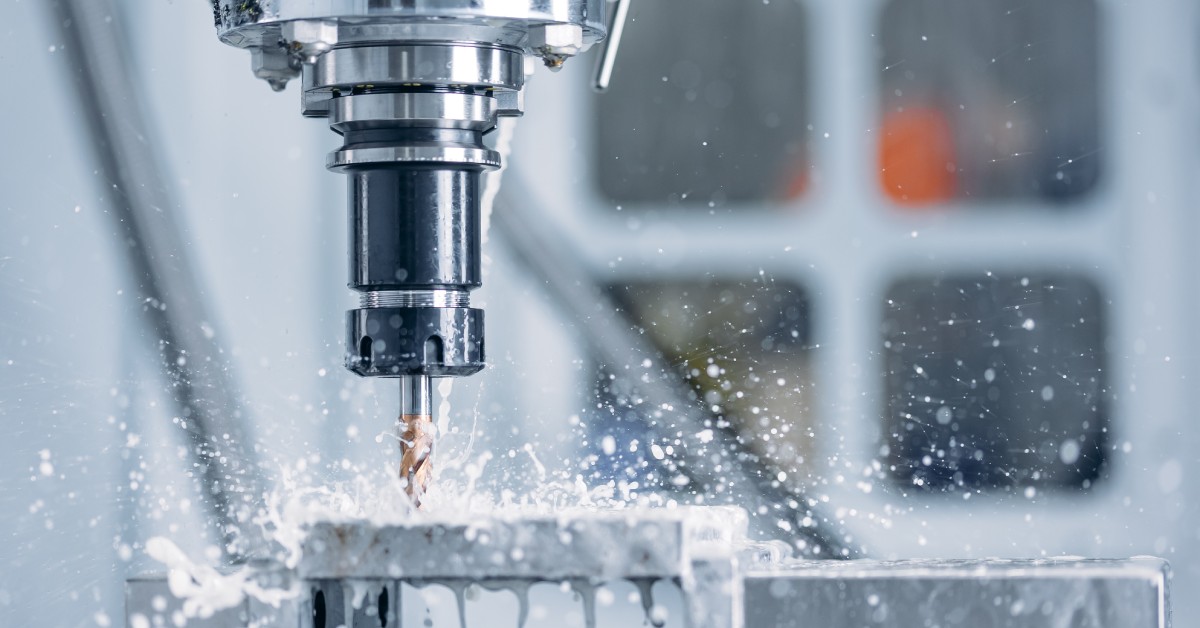How To Reduce Heat and Friction in Metal Machining

Metal machining is an intense process that generates plenty of heat. This is normal, but too much friction-related heat can cause problems for the machining process and the product. Here, we’ll discuss how to reduce heat and friction in metal machining, ensuring your work is both efficient and high-quality.
Choose the Right Cutting Tools
The first step in reducing heat and friction is selecting the appropriate cutting tools. Certain materials are designed to withstand high temperatures and resist wear, such as these:
- High-speed steel (HSS)
- Carbide
- Ceramics
- Cubic boron nitride (CBN)
Plus, the sharper the tool, the less friction it will generate.
Use Cutting Fluids
There are many reasons cutting fluids are great for metal machining, one of which is limiting heat buildup. These fluids lubricate the cutting tool, reducing friction and consequently reducing heat.
Furthermore, cutting fluids flush away metal chips from the cutting area, which improves project quality and safety.
Optimize Cutting Parameters
Understanding and optimizing your cutting parameters is crucial. Focus on these areas:
- Speed
- Feed rate
- Depth of cut
Too high or too low parameters can lead to increased heat and friction, causing premature tool wear and poor machined surfaces. The key is to find the sweet spot that minimizes heat generation without compromising machining efficiency.
Though you might set things up perfectly, you should still reevaluate every so often. Regularly monitoring and adjusting these parameters based on the material being machined and the tool being used can markedly improve your results.
Implement Advanced Techniques
Advanced machining techniques, such as cryogenic machining or the use of minimum quantity lubrication (MQL), are innovative ways to tackle heat and friction.
Cryogenic machining, for example, uses liquid nitrogen to dramatically cool the cutting zone, reducing thermal deformation and wear. Likewise, MQL minimizes the use of cutting fluid, focusing on precise application, which effectively reduces heat and friction while being more sustainable.
Conclusion
Mastering how to reduce heat and friction in metal machining is key for any machinist looking to elevate their craft. By choosing the right cutting tools, using cutting fluids judiciously, optimizing cutting parameters, and exploring advanced techniques, you can significantly enhance the efficiency and longevity of your machining operations.





